Glossary to words and terms used in
the Secret Y-Guassu Universe
Ayvu Rapytá – See Beautiful Words
Beautiful words – Ñẽ’ẽ porã in the Mby'a Guarani language. That is how the Mby’a Guarani Sacred Hymn is called. It is also referred to as the Ayvu Rapytá – which brings to mind the idea or remebrance of the first or primeval sound connected to the myth of creation.
Chakra – Wheel in Sanskrit. They are vortexs of energy formed in places of interconnection of the main nadis. The human subtle body has seven main chakras. The Earth – Gaia, as a living body also has these subtle channels and those places of interconection and encounter of these channels called Chakras of the Earth. Y-Guassu is one such chakra. The Earth is seen by several traditions as having seven of these main chakras.
Creative – Kua’arará – sacred sound in Mbyá-guarani. Kua’á means knowledge. And rara means enlightenment or clarity. Together the two words represent the concept of creativity for the Mbyá-guarani which might bring to mind the idea of an enlightened knowledge, attitudes in life due to this kind of knowledge, the paying of attention to one’s words and deeds, thoughts,energies and vibrations.
Creative Mist – The physical manifestation of the Creative Mist are the mists at the Iguassu Falls. They represent the Spirit, the Breath of life, Prana, Baraka, Blessings. In this book, the Iguassu Falls are reffered to as the Source of the Creative Mist.
Gaia – the Earth. Theory developed by James Lovelock according to which the Earth is a living organism and we are all part of it.
Land of Many Waters – this term is used in this book as a way to substitute the “Triple Border” or “Three Frontiers”. It corresponds to, in the author’s viwew, the (today) trination region easily identified by the following characteristics: to be on the basalt rocks of the Paraná Structural Basin , to be found under the culural, economic and physical influence of the Paraná and Iguassu Rivers; to be an area influenced by the Guarani language and culture. To be convered by Soutrhern Atlantic subptropical humid forests, to have a tendency to have fertile red soil and the abundance of waterfalls and waterbodies both big and small. The first time this term has been used by the author in 1998 after releasing the book “In the Land of Many Waters”. The term is also used independently as a literal meaning for the word Guyana in Northern South America. The term for Y-Guassu as being the Land of Many Waters was not copied from the Arawak language word. Y-Guassu (Y – Water and Guassu, big) also brings to the Guarani mind the idea of big as multitudinous, as many and plentiful.
Manifestation – In this book refers to and substitutes words like “saltos” or “cataracts
Mano’í – The Sacred hummingbird. The Sacred Hummingbird mentioned in the Beautiful Words as the one who fed Ñamandu with nectar brought from Paradise as Ñamandu slowly created a human-like body for himself. Before he created the Word, a little potion of Love and a Hymn. Sometimes, the Mano’í and Ñamandu are the same person.
Mantra – Energetically and vibration-charged words or sounds that helps one to attain certain states of consciousness and or well being.
Marma – Your body has 107 marmas divided into 18 regions. The chakras are found in this marmas regions. Or, puitting in another way the chakras are larger according to Ayurveda. Marmas are control points through which,and if we know how, we can work them in relation to the flow of prana (Chi, Baraka, Mist, Ki). Each marma works on nadis, chakras and both physical and subtle organs.
Mboi – Snake. That is where the word “boa” comes from. Brazilian Portuguese adopted the word that is written as “bóia”. All boas but mainly the “constrictors” are considered sacred not only to the Guarani but to many other cultures. In many tribes they are connceted to creation myths. In the Legend of Iguassu Falls, as told today,despite imperfections, Mboi is a deity (not God).
Mboicy – Also written “Boicí”. Mboi’s mother. Cy is “mother” in Guarani. The name of a river that crosses Foz do Iguaçu. Is also the name of a central district in the city. The word may have suffered the influence of religious syncretism as someone not very familiar with linguistic subtleties possibly tried to associate Mboicy, Mother of Mbói to Mother of God.Possibly thinking that the word meant god.
Mirĩ (Mee’reen) – Small, adjective used after the word it qualifies.
Mist – Tatachina in Guarani. Also means “smoke” in the non-sacred,daily Guarani.
Mist seeker – The conscious visitor to Y-Guassu. Those who are aware of the value of the mists and seeks them and come to bathe in them and refresh in them.
Moconá – Saltos ou Cataratas no lado argentino da Terra das Muitas Águas que desemboca no rio Uruguai. No Brasil conhecidos como Salto Yucumã. Acesso no Brasil por Itapiranga (RS) na Argentina pela província de Misiones.
Monday – As in Monday Falls – Falls cataracts on the Monday River on the Paraguayan side of the Land of Many Waters. Monday is a Guarani Word that means “stolen water”. Not a day of the week.
Nadis – channels through which the universal subtle energy flows. There are thousands of nadis in our subtle bodies.
Ñamandu (Nyah – man - dooh’) – The supreme personality of God
Ñamandu Mirĩ –The small or mini-Ñamandu. The supreme God’s presence inside you. The God within.
Secondary chakra – Thousands os secondary or lesser chakras or energy vortexes are scattered all over the subtle body of Gaia and Nature, be it a body, a Planet, an animal or a Galaxy.
Source of the Creative Mist – Name adopted by the author to refer to the Iguassu Falls, in its Y-Guassu (Y-Guazu, Y-Guaçu) aspects, i.e.: as a Sanctuary, Sacred Place.
Y – water in Guarani. The primeval sound of this word is a mantra or a soul sound that colrresponds to LAM, the Sanskrit mantra for the base chakra.
Y-Guassu – In this writing, Y-Guassu refers to the world-renowned Iguassu Falls as a Sacred Place; to Y-Guassu as the Earthly manifestation of the balanced power-protection principle present everywhere in Nature and also within us; without any ties to the problems associated to the concept of Iguassu as used by materialistic civilizations. In this writing the important thing is that the original sacred soul sound “Y” is preserved. The ending “guassu” can be written in any way you want as explained on the note on spelling in this book. It is highly advisable that you contact a Paraguayan national or someone that speaks Guarani or any language in the Tupi-Guarani language family in order to hear the original “Y” sound. This sound corresponds to the vibration of the base chakra that is the dwelling of this sound. The Sanskrit equivalent of this soul sound is LAM. The hyphenated word indicates that “Y-Guassu” is more than a word, It is a complete phrase, it is also a prayer and a mantra.
Subscribe to:
Post Comments (Atom)
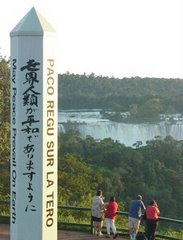
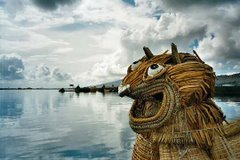
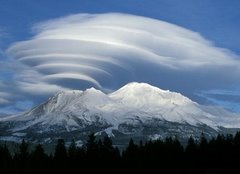

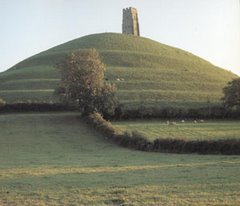
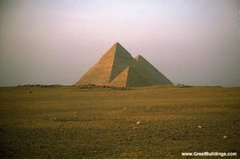
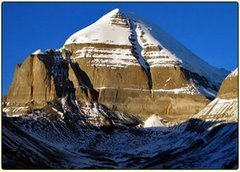
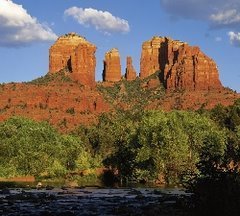
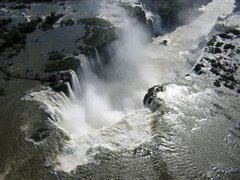
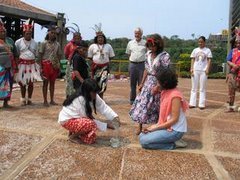

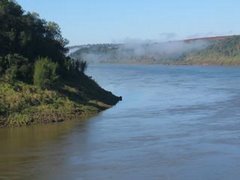
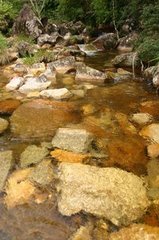
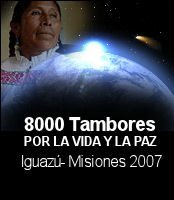
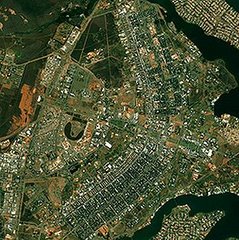

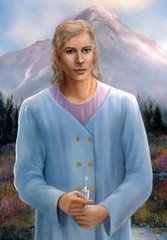
No comments:
Post a Comment